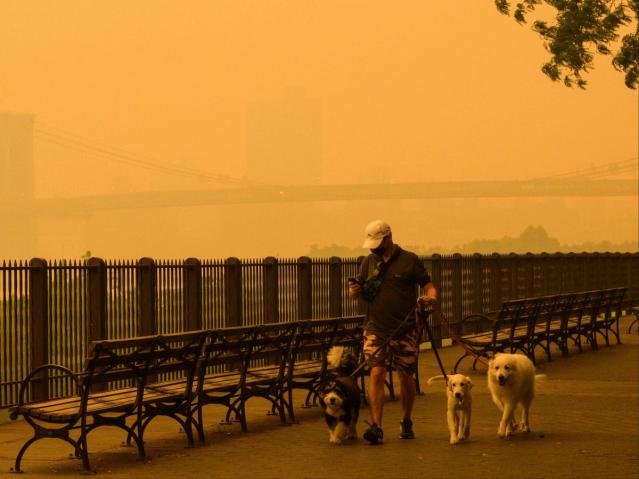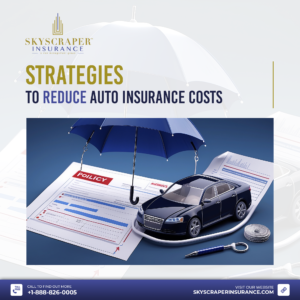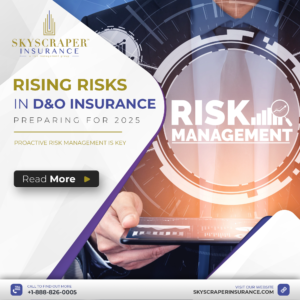More than 75 million Americans are currently under air quality alerts due to the wildfires in Canada. The Northeast, Midwest, and Southeast states are being impacted, and residents are being advised to stay indoors in major cities like Washington, D.C., New York City, and Philadelphia. That means countless animals are impacted by the air quality too. Here’s what you need to know about pet safety when there is poor air quality or wildfire smoke.
Basically, the same guidelines for humans apply to animals. If the air quality is causing you discomfort, your pet is likely feeling the same effects. Just like people, pets can experience eye irritation and difficulty breathing, and older pets and those with health conditions can have additional problems.
The government agency AirNow.gov (home of the U.S. Air Quality Index) has specific tips for keeping pets safe.
Is it safe to walk my dog when there is an air quality alert?
The AirNow guidelines recommend keeping pets indoors as much as possible and avoiding strenuous exercise like running. If your pet needs to go outside to go to the bathroom, make it as quick as possible. That means you should skip your usual walk during unhealthy and hazardous air quality conditions, and bring outdoor pets inside.
Are indoor pets safe from wildfire smoke?
AirNow recommends keeping pets indoors with windows closed but in a room with good ventilation. Portable air purifiers and high-efficiency filters can help keep the indoor air safe. Keep the air as clean as possible by avoiding frying food, burning candles, or smoking. Birds are particularly sensitive to smoke, so keep them indoors and look for signs of distress.
What are the signs my pet is feeling the effects of poor air quality?
Look for coughing or gagging, red or watery eyes, nasal discharge, inflammation of throat or mouth, reluctance to eat hard foods, trouble breathing, fatigue or weakness, or reduced appetite or thirst. If you notice any of these symptoms in your pet, contact your local veterinarian.
#Skyscraper Insurance
#We Ensure Your Vision for a Brighter Tomorrow
#We Insure Your Vision for a Brighter Tomorrow
#We Ensure Your Vision for a Better Tomorrow#We Insure Your Vision for a Better Tomorrow




